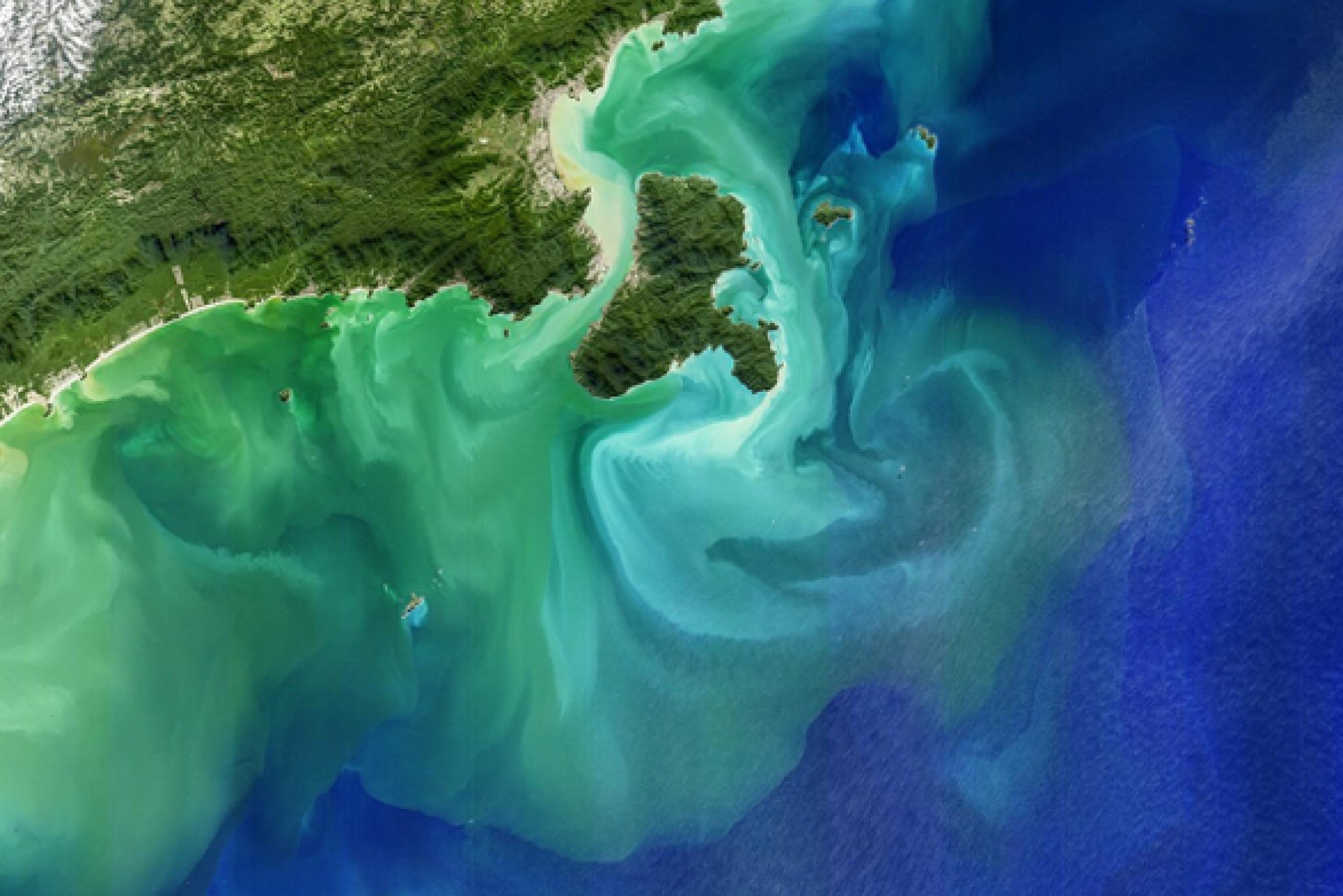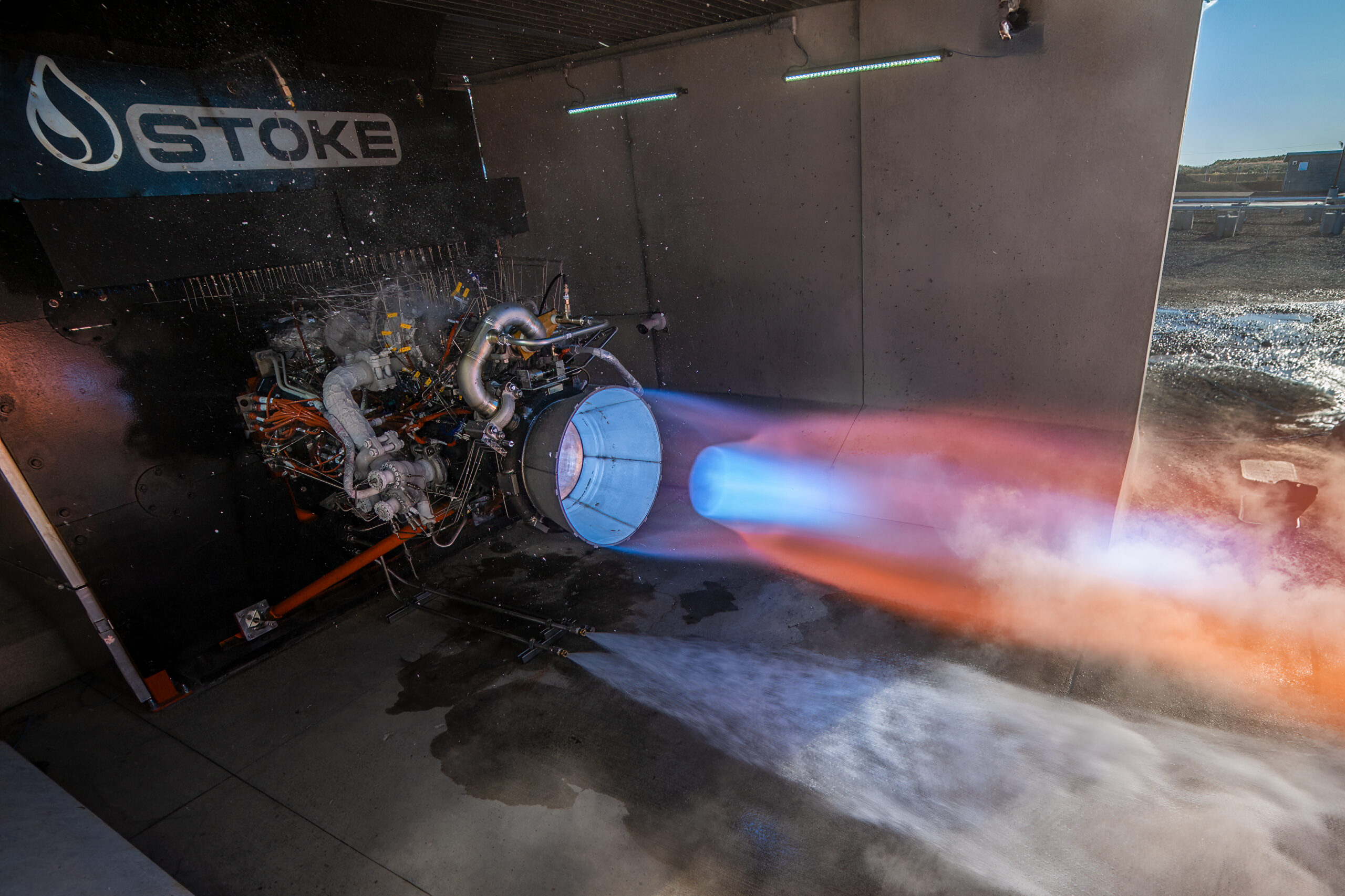
Studying coastal phytoplankton blooms and oil spills
The Geosynchronous Littoral Imaging and Monitoring Radiometer (GLIMR) instrument will provide unique observations of ocean biology, chemistry, and ecology in a wide area, centered on the Gulf of Mexico and including portions of the southeastern United States coastline, and the Amazon River plume for up to 15 hours a day. GLIMR’s data will help protect ecosystem sustainability, improve resource management, and enhance economic activity. It is being developed with a NASA grant to the University of New Hampshire Institute for the Study of Earth, Oceans and Space. It will be integrated on a NASA-selected platform and launched in the 2026-2027 timeframe into a geosynchronous orbit with observations of a given area each day, a critical capability in studying phenomena such as the lifecycle of coastal phytoplankton blooms and oil spills in a way that would not be possible from a satellite in a low-Earth orbit.
Learn more about the GLIMR mission.


